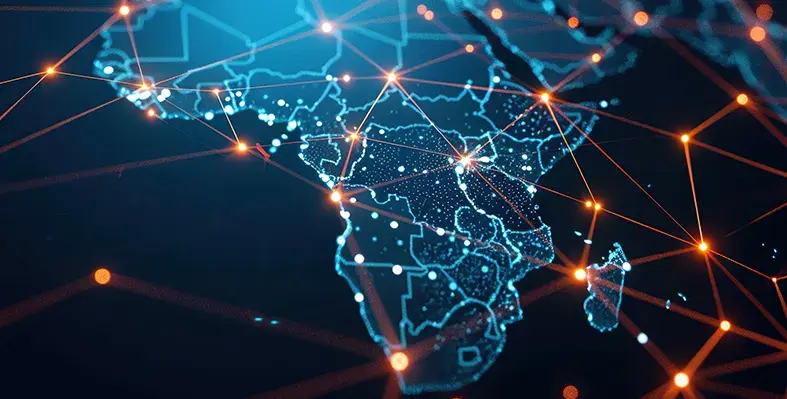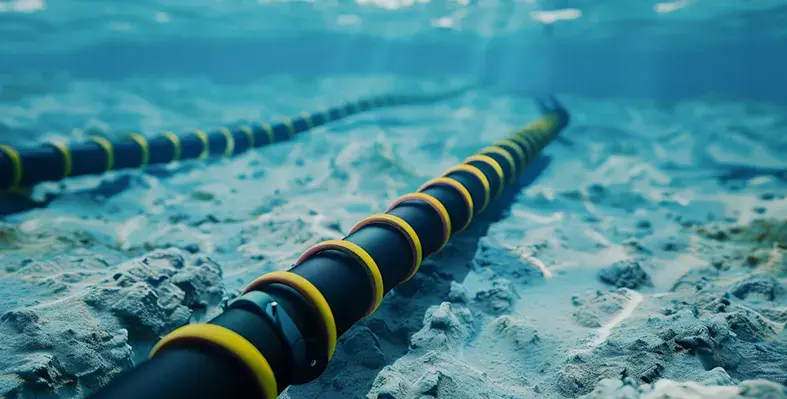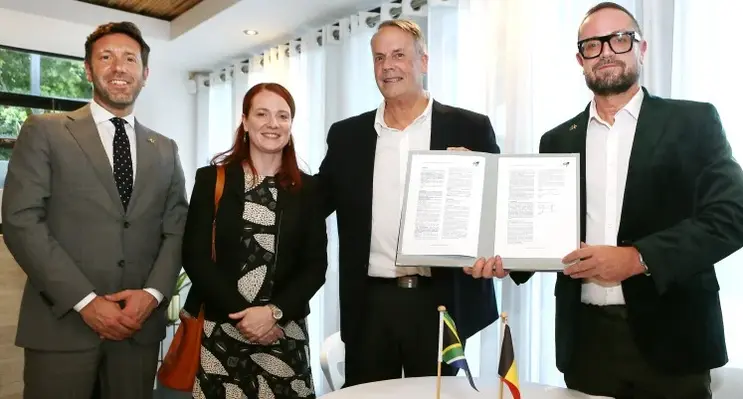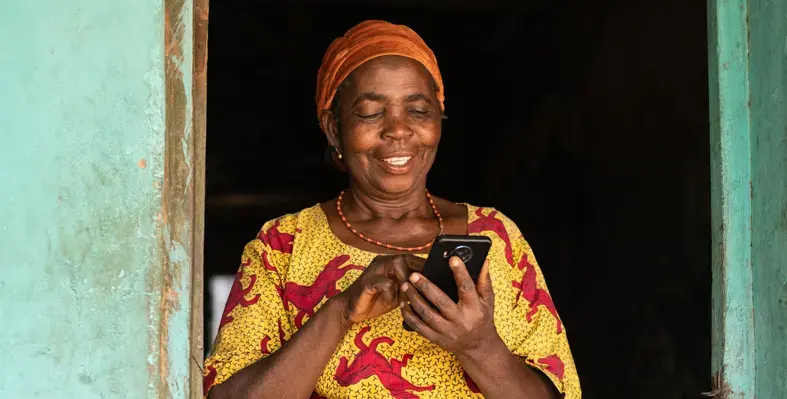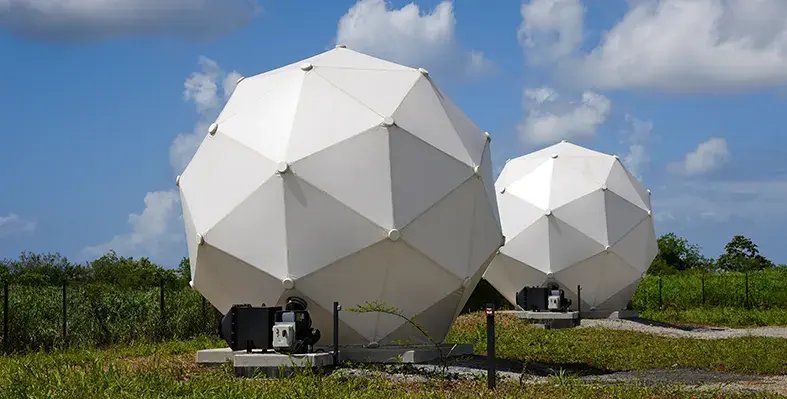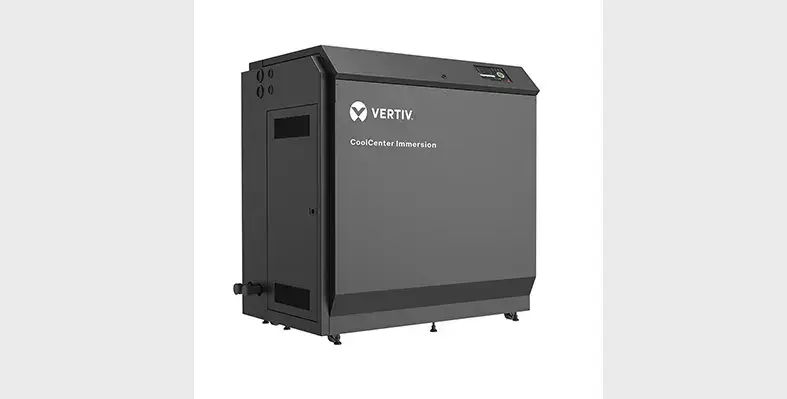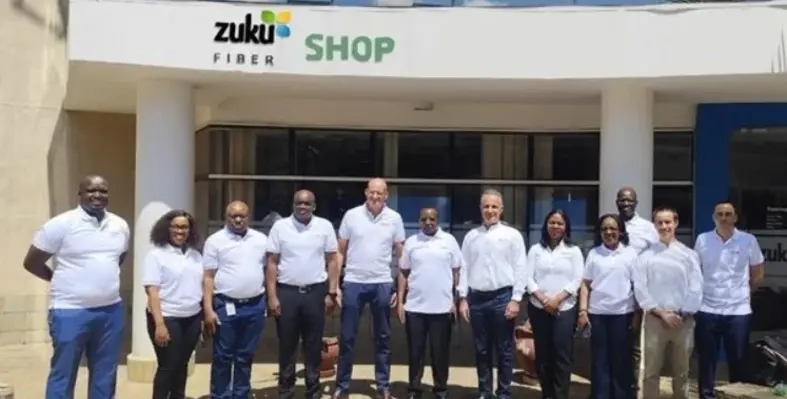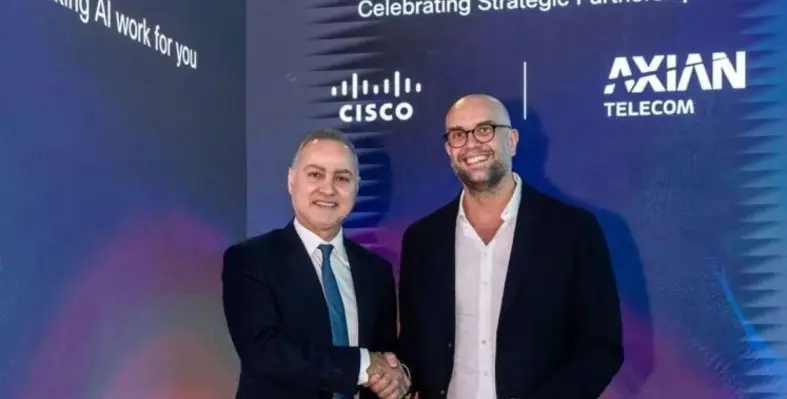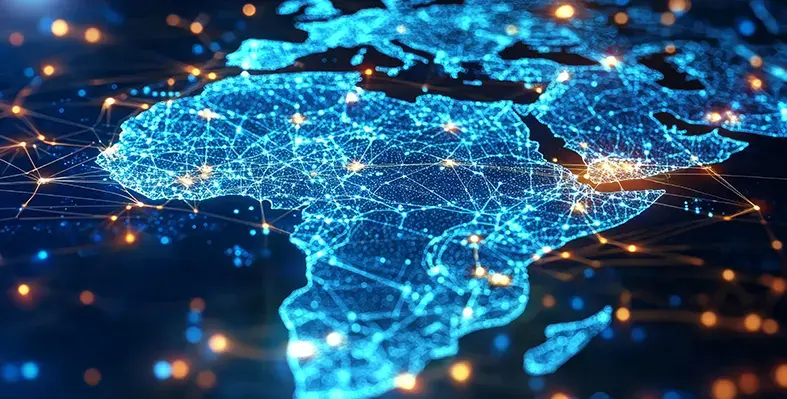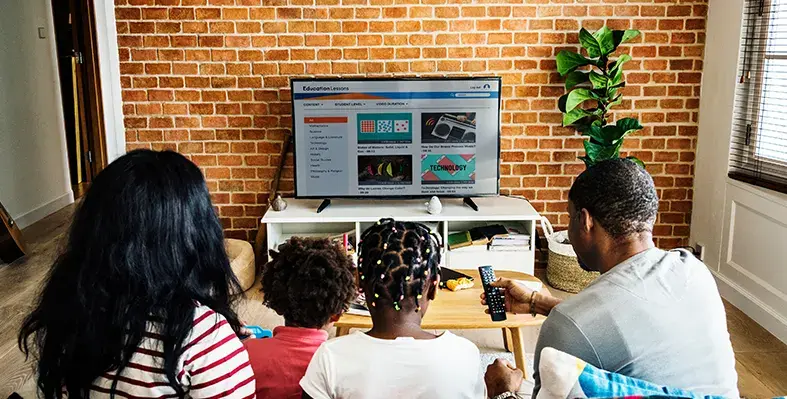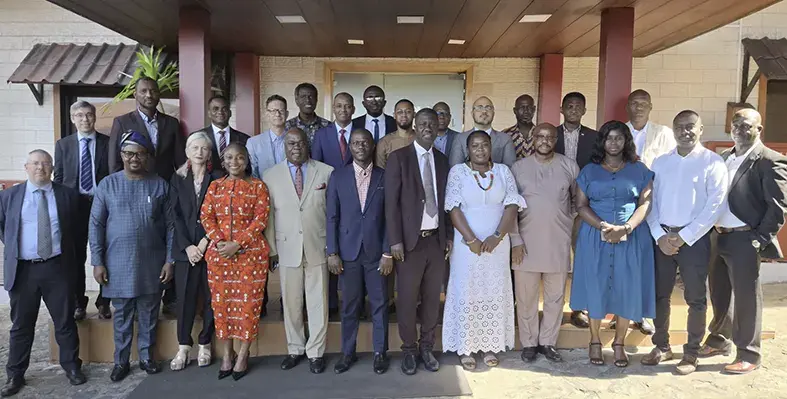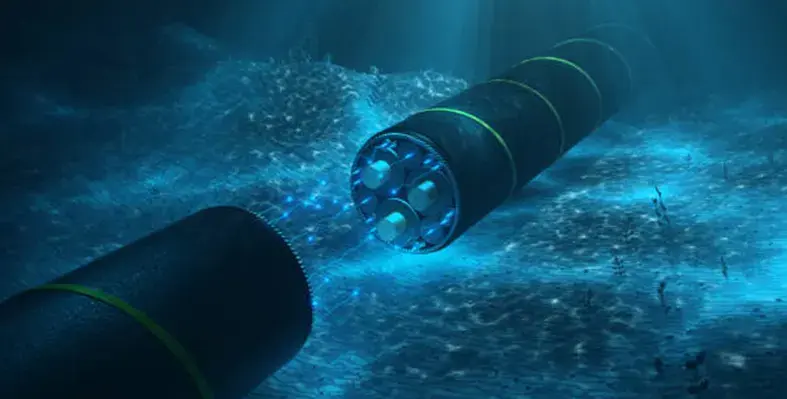Downtime is not as big an issue as it once was for African tower owners. But according to Matthew Edwards and Kieron Osmotherly of TowerXchange, a thought leadership community in the emerging market towers sector, power supply challenges remain
Communications Africa (CAF): On the African continent, power remains the biggest operating cost and the biggest source of downtime for telecom tower owners. Has this situation got worse or better in the past decade?
Matthew Edwards, head of Research, EMEA, TowerXchange (ME): Downtime due to power outages or unreliable energy supply has improved considerably in the last decade, partly because of technological innovation, but mostly because of the entry of towercos into the African market. For a mobile network operator, a telecoms tower is a necessary cost centre to provide service, but for a towerco it is a revenue-generating asset.
That means towercos invest in their towers, updating energy systems, putting in new generators, batteries, better rectifiers, renewables and remote monitoring systems, but the improvement uptime is about professionalising the tower management process. For example, Eaton Towers in Ghana recently reported 100 per cent uptime for their towers. That was unheard of a decade ago.
CAF: Are problems like diesel theft, lack of grid power, on-site inefficiencies and a general need for technology improvements close to being overcome?
Kieron Osmotherly, founder and CEO at TowerXchange (KO): Good progress has been made, but many places in Africa still lack good quality infrastructure. Diesel and battery theft remain sources of downtime and increased cost for towercos, but technological fixes like mixing fuels or switching to lithium-ion have reduced its prevalence. But most important has been community engagement.
People like their cell phones – and if you teach people that the people selling them stolen diesel is why they can’t get a signal you can reduce theft. Until grid quality improves, there will always be some inefficiencies at cell sites, but improvements in technology and careful management by towercos are keeping costs down.
CAF: What are the leading alternatives to grid connections, diesel generators and lead-acid batteries?
ME: A mobile operator will always prefer a stable grid connection, if one is available, but diesel generators and lead-acid batteries have been a safe alternative in Africa where grid is unreliable (outside South Africa). Improvements in solar power, and hybrid solutions combining solar, diesel gensets and lithium ion batteries, have become competitive but there isn’t a single leading solution.
Sites on unreliable grid connections need solutions which may only be needed once a week and be close to maintenance teams, whereas an off-grid site in the mountains may need to generate 24/7/365 and be low maintenance because site visits are expensive. There is no silver bullet or sea change in uptime, but there are lots of dedicated people working to push up service levels.
CAF: Are any other power system innovations driving performance and efficiency improvements at African cell sites?
KO: Remote monitoring systems have delivered a big improvement in power system performance and promise more in the future. Data collection and utilisation are essential to get the most out of your assets, and towercos have invested in these systems to keep track of their performance.
Live updates are available for network operation centres that track uptime, solar panel efficiency and battery cell performance, which makes real-time response possible. But in the longer term, towercos are building a picture of how their assets work and can make predictions about which sites need pre-emptive visits and which sites need upgrades before they go down.
CAF: Will 4G and 5G increase tower power demands? Are newer approaches – like infrastructure sharing and neutral host – likely to be attractive to African MNOs and towercos?
ME: Africa needs to at least double its site count just to keep pace and 4G and 5G require much denser networks and more points of presence. But while Africa needs lots more towers, many of those towers will be shared, especially for 5G mobile broadband or 5G IoT, when it comes. Mobile operators in Africa want to keep their capital expenditure down and sharing towers or neutral host can help do that.
Those trends might mitigate the need for new towers, but it can only slow the rate of growth a little. 5G will also increase the power load on cell sites by as much as 2- 3x, accentuating the challenges of power management.
CAF: How are TowerXchange events useful to African towercos and MNOs hoping to tackle power costs?
KO: TowerXchange Meetup Africa is the continent’s only show dedicated to passive telecom infrastructure. We bring together the whole supply chain, from mobile operators, their towercos and the energy supply chain, to discuss service levels, innovation and future demand for towers and power.
Beyond being a showcase, TowerXchange runs supplier briefings by leading towercos that put energy suppliers in the room with the buyers to hear about upcoming RFPs, innovation initiatives and testbeds. We also run a dedicated Energy Working Group that features the latest technology and operations.
For more information on TowerXchange, its meetups and its services, go to www.towerxchange.com








